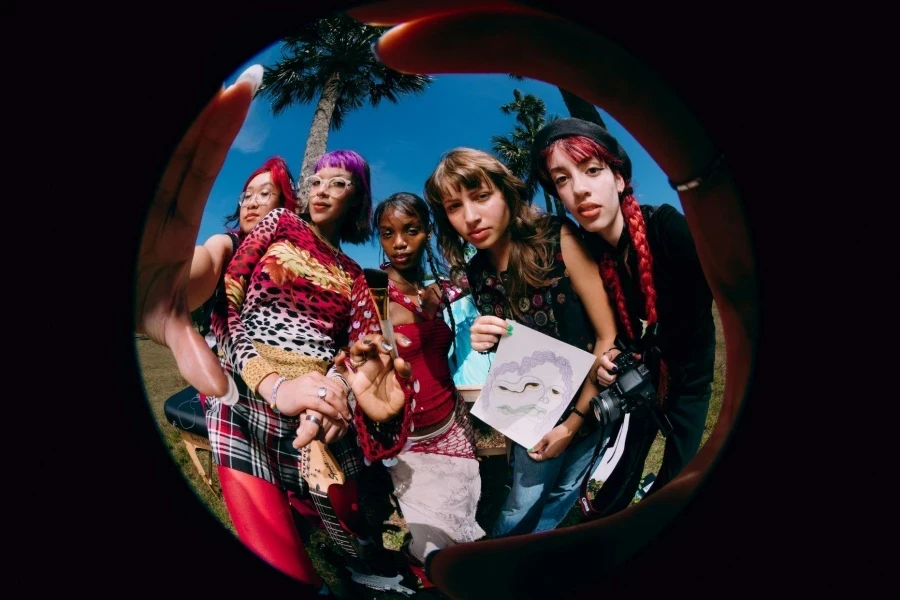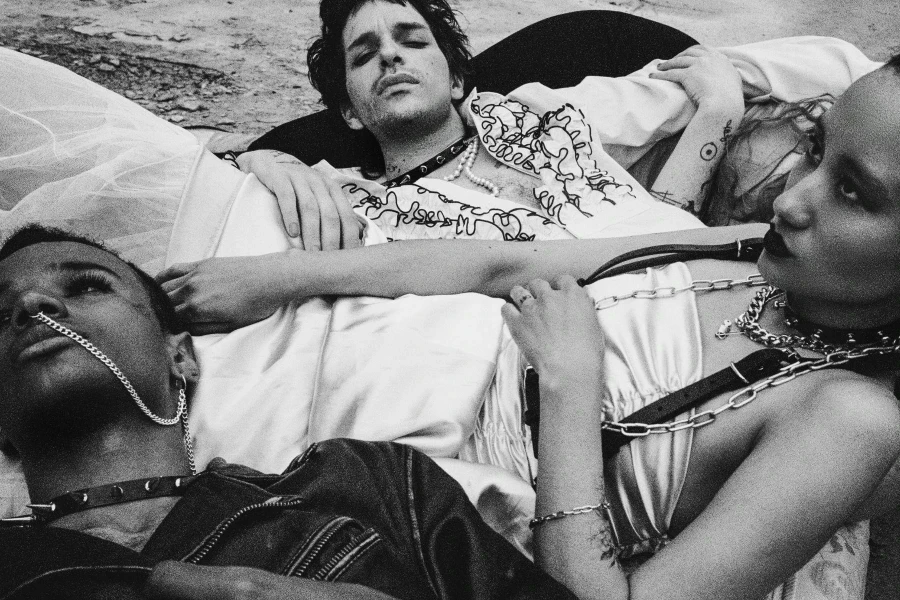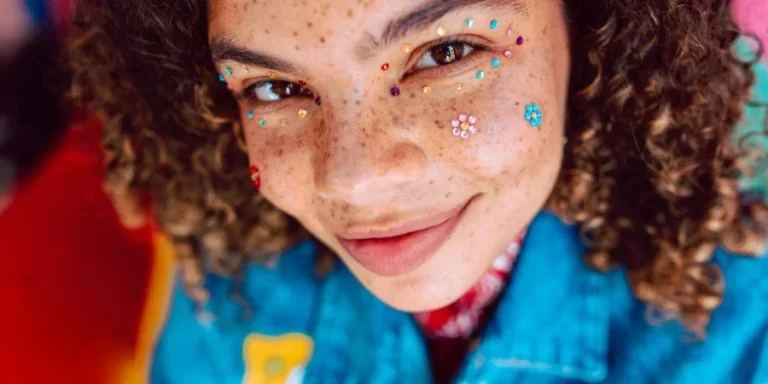Table of Contents
Introduction: The Rise of a $12 Trillion Generation
The Paradox of Digital Natives: Escaping Screens to Find “Real” Connections
Chaos Marketing: When “Cringe” Becomes Currency
Subculture Fusion: Skate Parks, K-Pop, and the “Everything Brand”
The New Retail: Where Coffee Shops Sell Sneakers
Conclusion: Winning Gen Z Requires Breaking All the Rules
Introduction: The Rise of a $12 Trillion Generation
By 2030, Gen Z—those born between the mid-1990s and early 2010s—will command a staggering $12 trillion in global purchasing power, according to World Data Lab. This generation, raised on TikTok tutorials and Instagram aesthetics, is redefining consumer culture with paradoxical demands: they crave digital connectivity but seek refuge from screen fatigue, champion individuality yet thrive in tight-knit subcultures, and worship innovation while romanticizing retro trends. To decode Gen Z’s consumer behavior, brands must abandon traditional marketing playbooks and embrace chaos, authenticity, and hybrid experiences. This blog unpacks the cultural forces driving Gen Z and offers actionable insights for brands ready to adapt.

The Paradox of Digital Natives: Escaping Screens to Find “Real” Connections
Gen Z’s relationship with technology is a study in contradictions. While 71% discover brands through Instagram Reels or TikTok hashtags (Statista), a 2023 McKinsey survey found 63% feel overwhelmed by constant digital noise. This tension has birthed innovative strategies that bridge online engagement with offline rewards. Take Glossier’s 2022 Glossier Playground campaign, which merged AR-powered virtual makeup trials with real-world perks. Users designed digital blush shades via an app, then redeemed them as physical products. The brand’s Discord server became a hub for crowdsourcing ideas, culminating in the Pixel Blush collection—a lineup co-created by fans. Within three days, 40% of stock sold out, proving that Gen Z values participation over passive consumption.

This generation’s quest for tangible experiences extends to retro tech and print media. Polaroid camera sales jumped 28% in 2023, driven by Gen Z’s love for “imperfect” instant photos (Kodak). Similarly, indie magazine Cereal saw subscriptions surge 45% among under-25 readers who crave the ritual of flipping through glossy pages (Stack Magazines). Even Spotify tapped into this analog revival with Wrapped Vinyl, letting users press their top-streamed songs into personalized records. The lesson? Brands must offer escapes from algorithmic overload—think digital interactivity with a side of tactile nostalgia.
Chaos Marketing: When “Cringe” Becomes Currency
Gen Z’s appetite for the absurd is rewriting branding norms. A 2023 YPulse report found 54% of Gen Z prefer campaigns that feel “unpolished” or “intentionally weird.” Balenciaga’s Lost Tape campaign epitomizes this shift. The luxury label released a VHS-style trailer featuring grainy footage of models tripping over invisible obstacles and “accidentally” dropping $3,000 handbags. Designed to mimic a teenager’s chaotic home video, the campaign racked up 12 million TikTok views in 48 hours, sparking the viral hashtag #BalenciagaBlunder. Critics called it nonsensical; Gen Z called it iconic.

Meme culture fuels this chaos-driven mindset. Gucci leaned into niche humor by partnering with the Instagram account @AccidentalWesAnderson, which curates pastel-hued travel photos reminiscent of the filmmaker’s style. Winners received Gucci luggage sets styled to match Anderson’s quirky aesthetics. Meanwhile, Duolingo’s unhinged TikTok mascot—a green owl that crashes Spanish exam videos—helped the app gain 4 million followers. Even IKEA embraced imperfection with its Assembly Fails YouTube series, showcasing customers struggling to build Malm dressers. The campaign paired bloopers with discount codes for “survival kits” (think screwdrivers and frozen meatballs), blending relatability with Swedish pragmatism.
Subculture Fusion: Skate Parks, K-Pop, and the “Everything Brand”
For Gen Z, subcultures aren’t niches—they’re lifelines. Nearly half (47.8%) say their spending is directly shaped by underground movements, from Dark Academia fashion to K-Pop fan armies (Dazed, 2023). Nike SB’s collaboration with HBO’s Euphoria aimed to capture this ethos. The brand dropped a sneaker line inspired by the show’s glitter-grunge aesthetic, paired with a 24-hour skateathon in Brooklyn. Attendees unlocked episodes of a mini-series starring Zendaya, blending streetwear with binge-worthy content. Resale prices later skyrocketed to 5x retail value on StockX, proving subculture credibility drives demand.

Music and gaming further amplify these connections. Korean indie band SE SO NEON teamed with Converse to design sneakers featuring lyrics from their album Nonadaptation, while Louis Vuitton’s League of Legends skins (digital outfits) generated $15 million in revenue (Riot Games). Even Adobe tapped into micro-fandoms by partnering with underground artists for its Photoshop B-Sides campaign, reimagining classic album covers as NFTs. The takeaway? Gen Z doesn’t want broad appeal—they want brands that speak their subculture’s secret language.
The New Retail: Where Coffee Shops Sell Sneakers
Gen Z is redefining retail as a stage for immersive storytelling. A 2023 Accenture study found 68% prioritize “experience-driven” shopping over transactional purchases. Patagonia’s Berlin Worn Wear Café epitomizes this shift. The store-turned-café let customers trade used jackets for espresso, hosted climate workshops, and offered free gear repairs. Result? A 40% foot traffic boost and 25% spike in resale app downloads.
Supreme took a page from retro Americana with its Box Logo Diner in NYC, serving burgers in custom packaging stamped with its iconic logo. Meals included QR codes for early access to drops, merging fast food with streetwear hype. Similarly, Lush’s Spa Cinema let shoppers soak in free bath bomb demos while watching Clueless—a sensory twist on movie night. These examples highlight Gen Z’s demand for retail as theater, where every purchase feels like backstage access.
Conclusion: Winning Gen Z Requires Breaking All the Rules

Gen Z’s $12 trillion influence isn’t just reshaping markets—it’s obliterating decades-old marketing dogma. To earn their loyalty, brands must celebrate chaos over polish, forge subculture alliances instead of chasing mass trends, and transform stores into immersive playgrounds. From Balenciaga’s VHS blunders to Patagonia’s espresso-for-jackets swaps, the winning formula is clear: be boldly imperfect, relentlessly participatory, and unapologetically human. The future belongs to brands brave enough to let Gen Z rewrite the rules—one chaotic TikTok, one retro vinyl, and one skatepark collab at a time.




